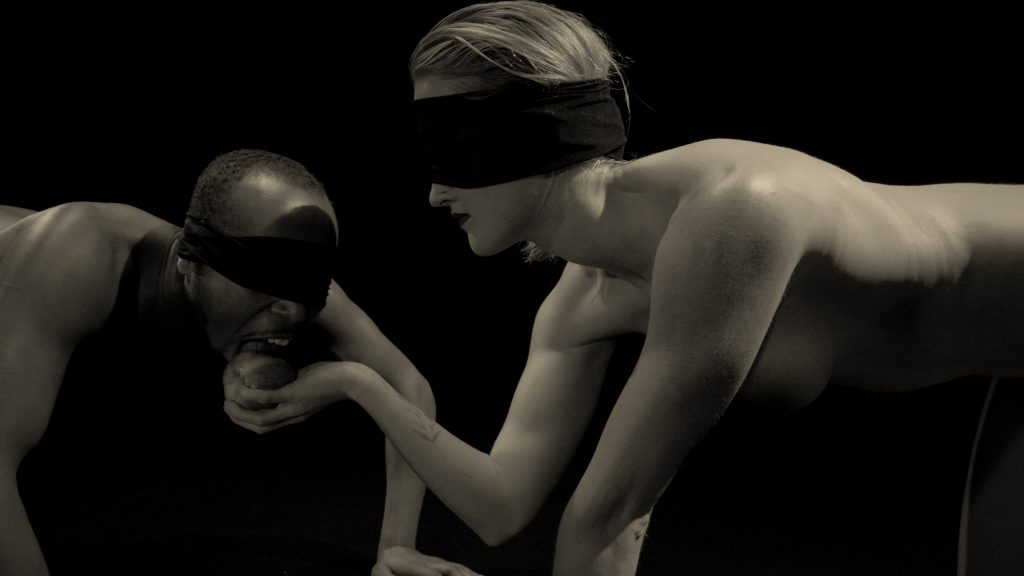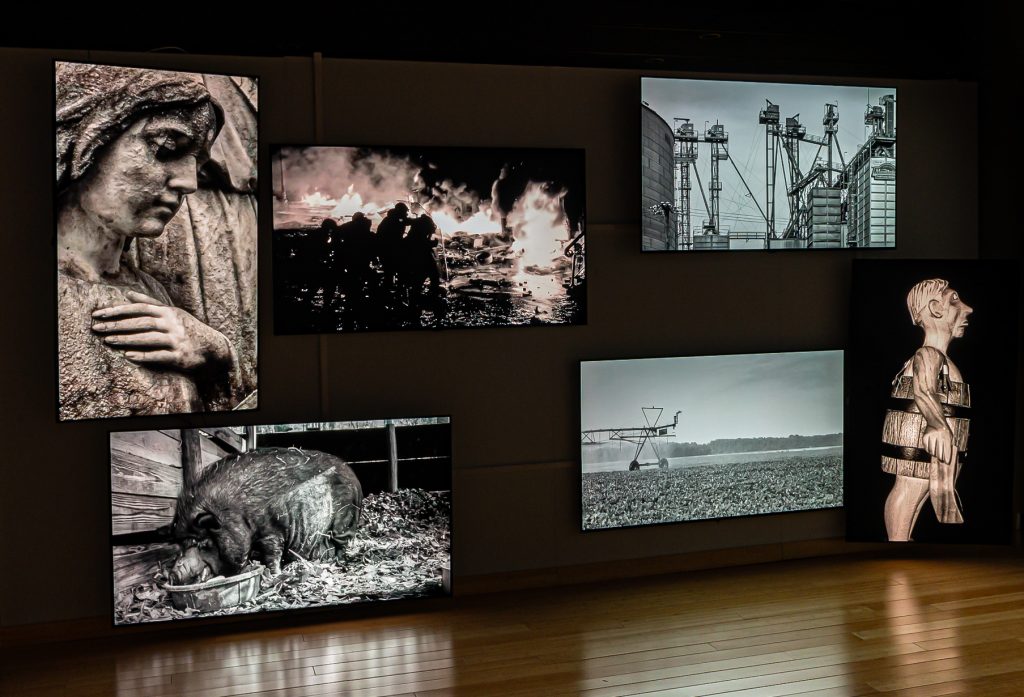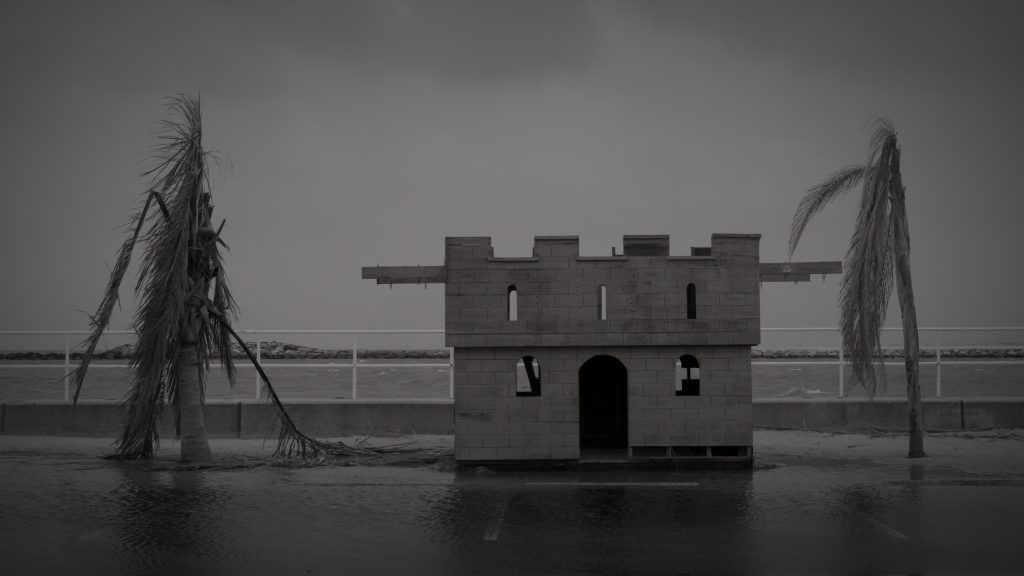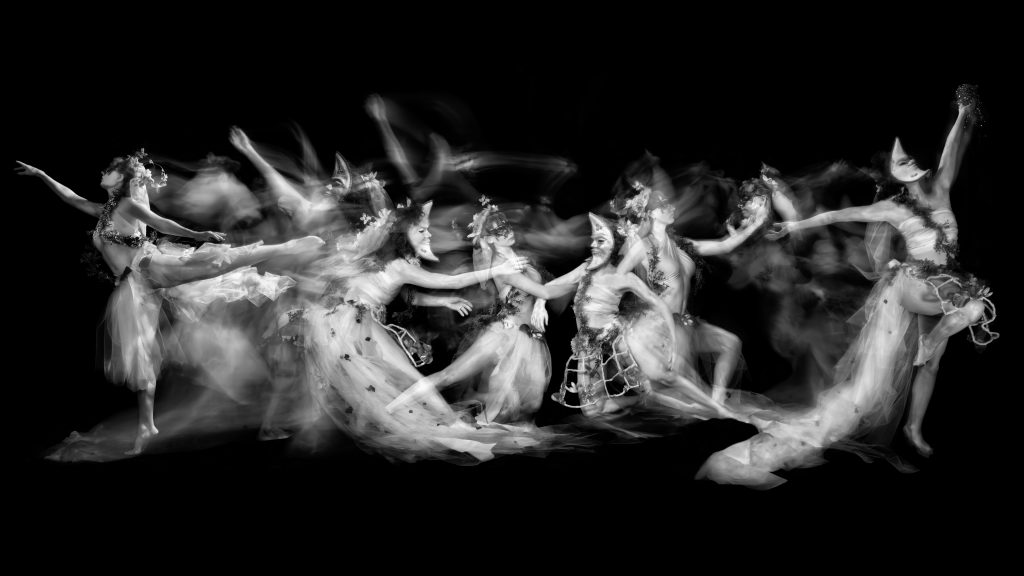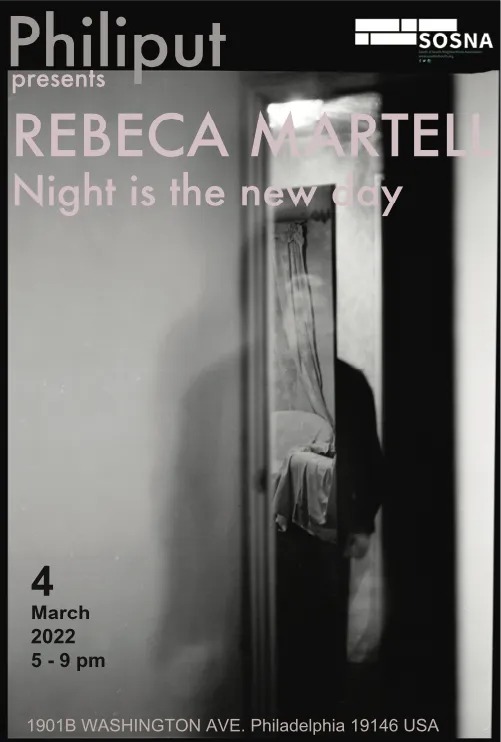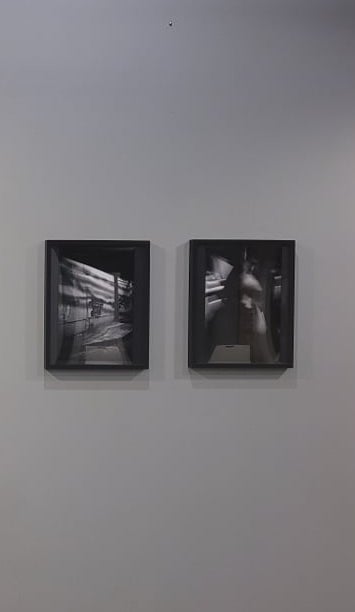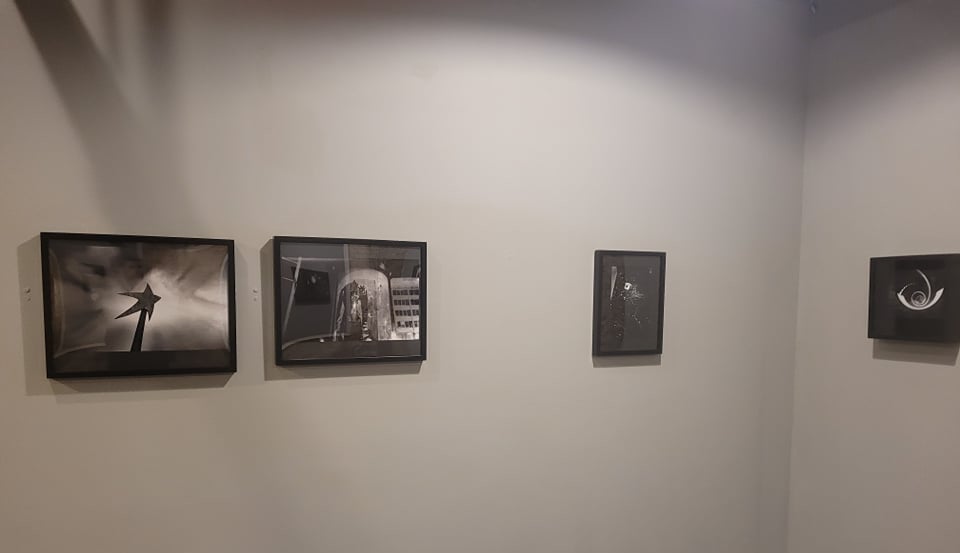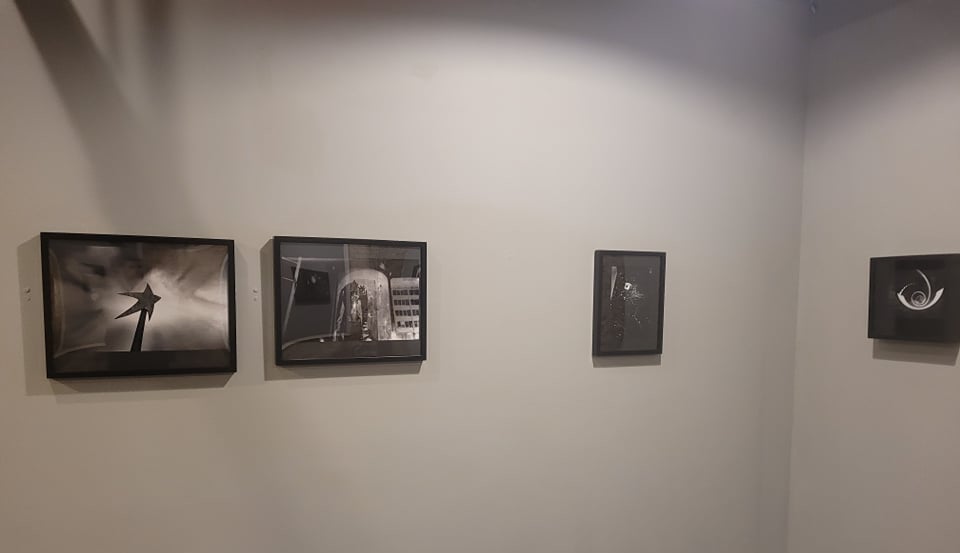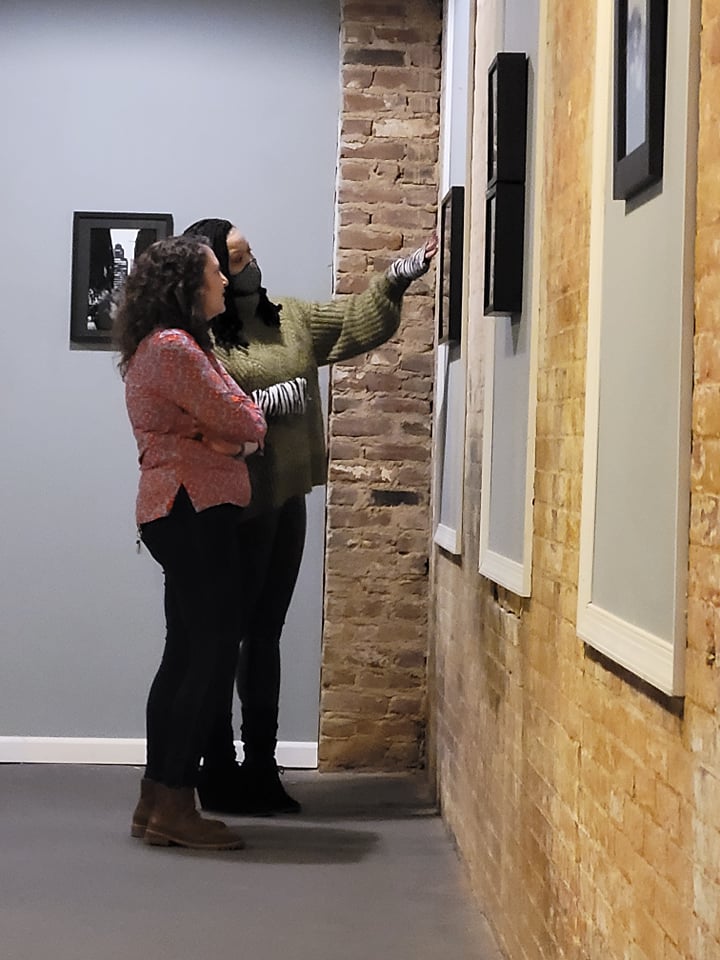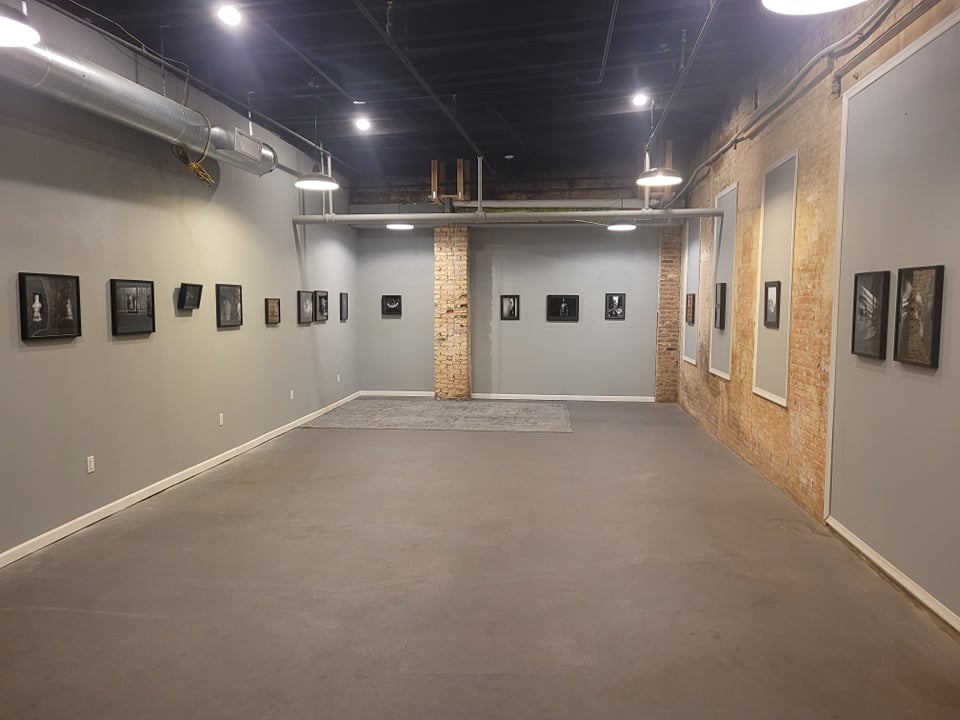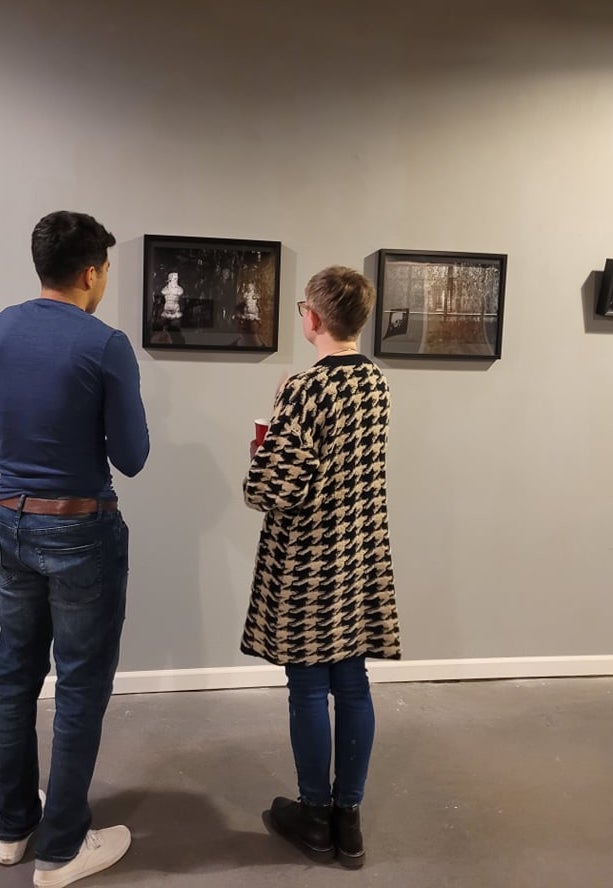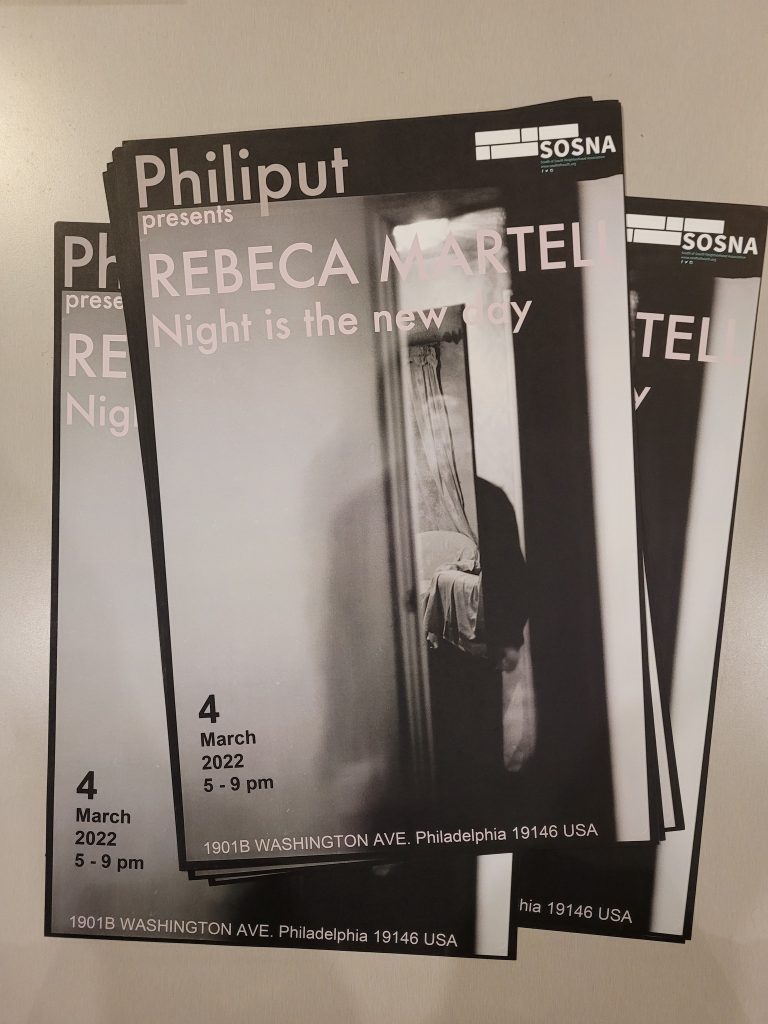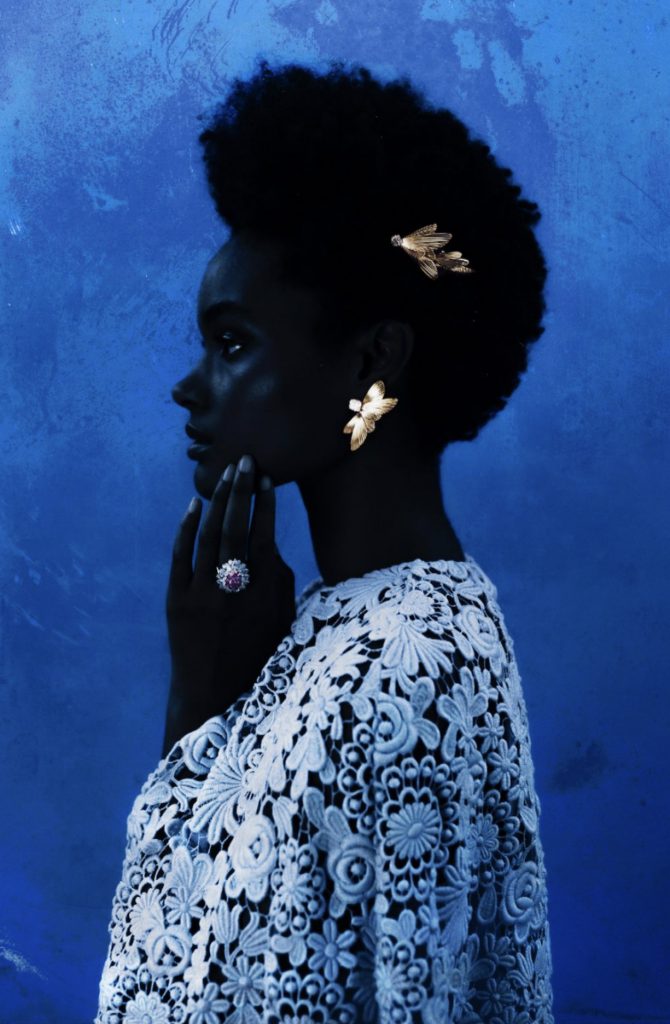
“PHILLY AND ME: FOR BETTER OR WORSE…FOR RICHER OR POORER…”
CERULEAN ARTS GALLERY 1355 Ridge Ave, Philadelphia 267-514-8647 www.ceruleanarts.com
My solo show of 20 rendered collages is displayed at Cerulean from 5 Jul thru 30 Jul 2023. The In-person reception is Sat 8 Jul 2-5 pm and the virtual tour & talk is Weds 19 Jul 2023 at 6pm (must zoom register. Gallery hours are Weds thru Fri 10m-6pm, Sat & Suns 12pm thru 6pm. I may also be at the gallery several Wednesdays. Welcome to come visit.
Theme: As a lifelong Philadelphian (mostly), I explore aspects of the city I love as well as worry about, look at its extraordinary-though checkered- history, and present ideas and images for its future. As an architect and teacher, I can’t stop commenting, pencils in hand.
MY PHILLY…for better or worse, for richer or poorer…
JOHN JAMES PRON: ARTIST STATEMENT
I am a lifelong Philadelphian- mostly. I was born in Northern Liberties, raised in the Northeast’s Oxford Circle, rented apartments in West Philadelphia and have lived for over fifty years right across the city’s boundary at Cheltenham Avenue. I went to Philly schools- grammar, high school, undergraduate and graduate. And I worked all of my professorial life in North Philadelphia. My wife has long been intimately connected to this city’s healthcare community and both daughters attended Philadelphia universities.
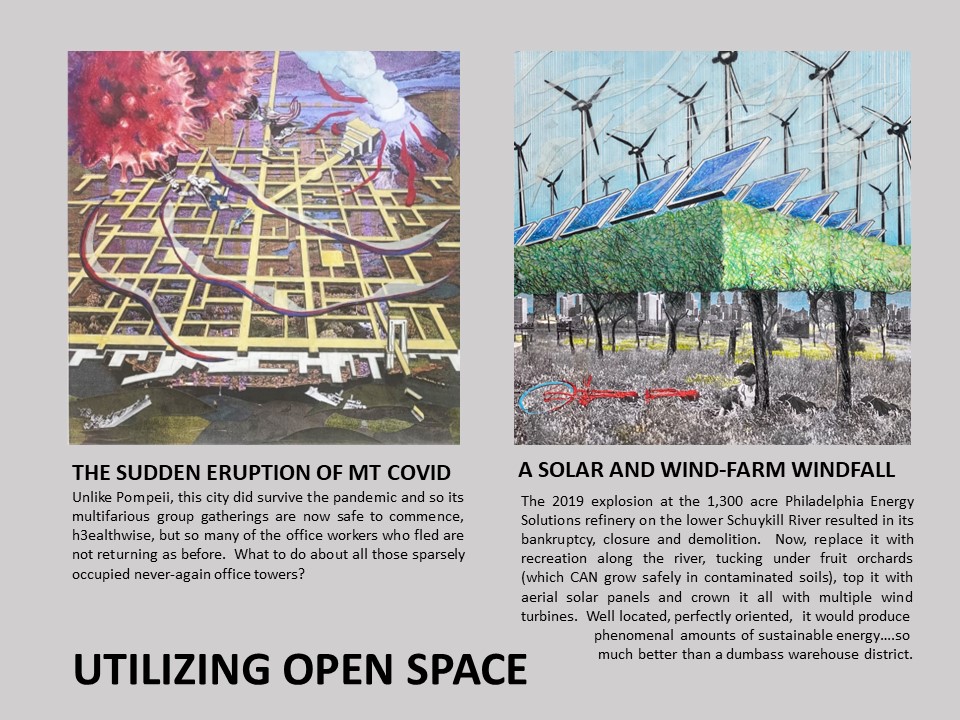
“PHILLY AND ME: FOR BETTER OR WORSE…FOR RICHER OR POORER…”
I am also an architect by profession- certainly a creative artist, but one who was trained to balance my willful imagination with an ingrained moral and ethical responsibility to improve the lives of people, of the health of the community, the viability of cities and indeed the survival of this planet. For almost 40 years, I was fulltime professor in Temple University’s Tyler School of Art and Architecture, nurturing students to believe in themselves as creative forces but also to take responsibility for bettering the world. In this case, the artist is also a problem-solver. In my design practice and teaching, I specialized in ‘adaptive reuse’- preserving the essential character of a building (its ‘soul’), while adjusting spaces and functions for changing needs.

“PHILLY AND ME: FOR BETTER OR WORSE…FOR RICHER OR POORER…”
And so, in this solo gallery show, my mode of expression is the juxtaposition of existing images by others (photos or lithographs, archival or current) against my hand-drawn “reimaginings” of the place, the usage, or the meaning. It’s a both/and strategy. While it does make for interesting and unusual images to display, what is more important is that I am using my architectural-art skills to raise awareness of critical issues affecting human lives, even advocating for important social changes. And so, along with the needed information, I am seeking to make an emotional impact on the viewer through my graphics.
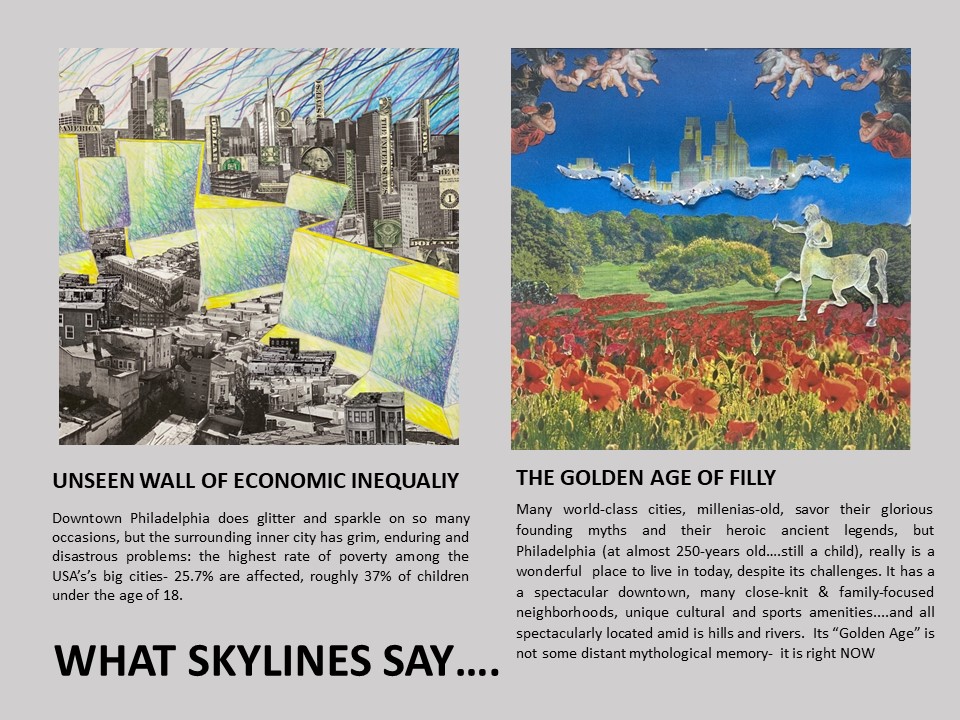
“PHILLY AND ME: FOR BETTER OR WORSE…FOR RICHER OR POORER…”
Picasso did just that in his monumental Guernica- maybe the most powerful anti-war painting in history. More recently, visual artists such as Keith Haring, Banksy and Ai Weiwei do the same on contemporary issues. The viewer may appreciate the artistic qualities, but one is also asked make a personal decision over the content: take a stand, get involved, connect to others, contribute as you can. Do something.
You can view my professional and academic career (including past gallery shows, architectural designs, lectures, etc) and my bio on my website www.johnjamespron.com

“PHILLY AND ME: FOR BETTER OR WORSE…FOR RICHER OR POORER…”
“PHILLY AND ME: FOR BETTER OR WORSE…FOR RICHER OR POORER…”
This is a city that I love- its parks and neighborhoods, its grand public buildings and cultural institutions, its superlative universities and breathtaking skyscrapers. I also love its diversity…old with young, residents and visitors, extraordinary festivals near quiet enclaves, polished gentility and in-your-face grit. A city of many races, many backgrounds, many beliefs. But I also fret about this city: the things that tear it apart, the endemic problems growing ever larger, the social behaviors that destroy unity and civility. Here are my pleasures as well as my concerns, my savoring of its (sometimes checkered) past, my images suggesting a brighter future. Warnings and wishes….I can only hope the new next mayor can rise to the challenge.
Thank you to John James Pron for the content of this post.
Like DoNArTNeWs Art News Blog by DoN Brewer on Facebook
Follow the new DoNArTNeWs.com
Follow DoN on Twitter @DoNNieBeat58
@donniebeat on Instagram
Affiliate Marketing [disclosure page] Shop on-line and help support DoNArTNeWs
Donate via safe and secure PayPal in the sidebar.

